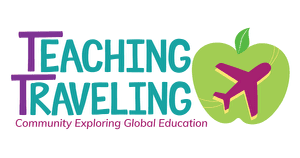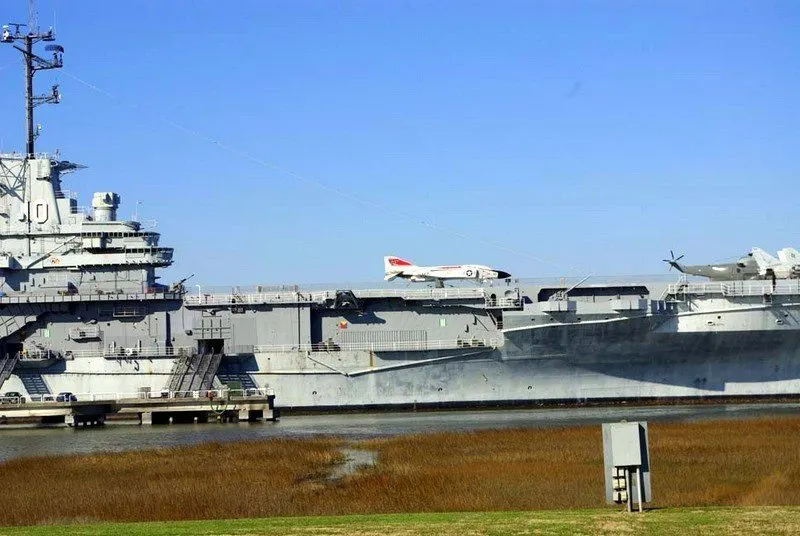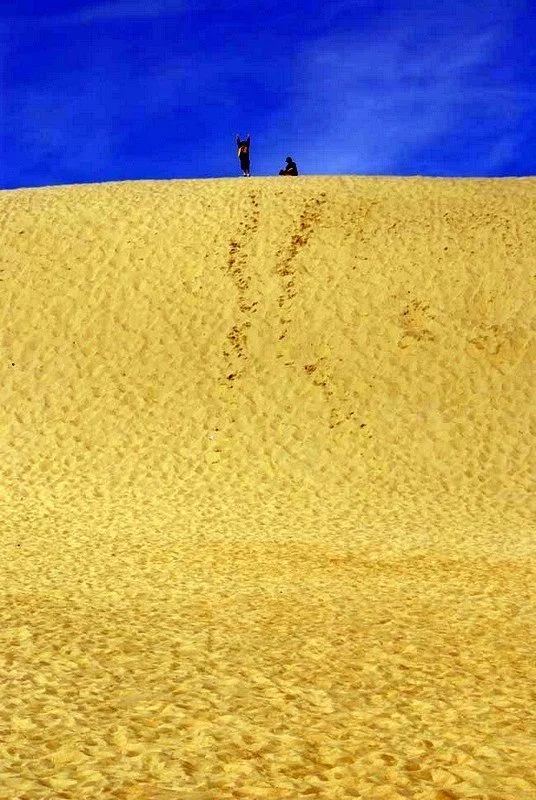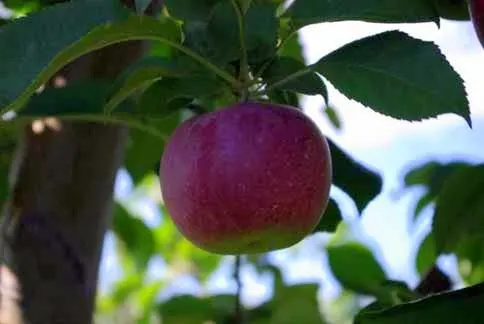What is it called when you’re homeschooling, except during travel on the road? Road schooling!
Teaching Traveling: Today we have a wonderful example: Kate Reilly, who homeschools her kids as they travel around America!
Kate, tell us a bit about your background.
Kate: We’re a homeschooling family, so while I’m not qualified for an official “teacher” title, I do teach/guide kids every day. One of the perks of homeschooling is taking the classroom on the road, and we try to do that as often as possible!
Over the past ten years, we’ve been able to do plenty of “roadschooling.” Fortunately, as the number of homeschoolers around the country increases, so do the opportunities offered by historical sites and businesses. Williamsburg, Old Salem, and Disney are all places that now offer classes specifically for homeschoolers.
TT: Very cool! I had no idea! Please explain how you do “Roadschooling.”
K: My kids are pretty high-energy, so sitting down and plowing through a textbook doesn’t usually cut it. So every time we go somewhere, I try to “front load” the kids with info that I think will help them really understand the destination.
Whether it’s a recap of the American Revolution before we headed to historic Charleston, pirates of the 1700s before a trip to the Outer Banks (Charleston beaches), making a model of the Erie Canal prior to a NY adventure, or even the science projects we developed for our Walt Disney World book, all help to enhance the kids’ experience once we’re there. We’ve also volunteered at our destinations, like the time we helped bag oyster shells for the oyster bed restoration along the coast.
TT: Awesome! What’s the story on your book? How does it help teach kids about their destination?
K: Whether kids are traveling with their parents or teachers, today’s kids want to get involved. *Really* involved, not just, “Hey, go pack your own bags.” In our Extreme Travel series (currently, Disney World is out, with Washington, DC coming in the spring), we’ve got more than 30 hands-on ways that kids can learn about their destination, make stuff they can use on their trip, and then unique ways they can capture their memories.
Then, when they’re on their adventure, they can remember the science behind what they experience, or the historical story behind it. If you’re understanding what you’re looking at or experiencing, you’re going to take a lot more away from it.
TT: Nice! How do you find the money to fund road schooling?
K: Rather than stay at hotels, we cut our costs by camping at our destination (or en route). Bonus: At the campground, the child-led learning continues. The kids can explore the environment, invent toys from sticks and strategically placed clothespins, or build a kite from stuff we’ve got in the camper.
And so many campgrounds now have little nature centers, or offer cool programs to visitors. One time, my oldest stepped on a “pricker” in the sand… that turned out to be a three-inch cactus spike. Yee-ouch! But that led to an exploration of cacti and biomes.
TT: A painful intro to an important set of lessons. How have your travels with children impacted you as a teacher?
K: When you’re traveling with kids, you end up seeing things you would ordinarily overlook in your “adult” view of things. For example, we once had a group gathering at Disney World with grandparents, aunts, uncles, cousins, and various hangers-on. We arranged to meet at the dancing fountains at Epcot.
There we were, oohing and ahhing over the fountains, dancing to the music, when one of the youngest attendees was staring at the ground. When her mom urged her to look up at the fountains, I got a closer look at what was attracting her attention. There were fiber optics dancing through the sidewalk, right under our feet. Never would have noticed!
Any parent or teacher knows that kids are always going to see things differently and think about things differently than adults. When we worked on our travel book, I tried to think of the things that would really interest kids — not just the things I, as an adult, thought they *should* know.
What really gets kids jazzed up about a destination? What speaks to them? Sometimes it’s not that the massive Grand Canyon was carved by water. Instead, it’s the way the pine needles smell along the path. And there’s a lot to learn in the little things sometimes overlooked in our travels.
TT: Love it. How have your travels impacted you as a person?
K: Growing up, we couldn’t afford to travel too far. I knew the Northeast very well because we’d spend weekends exploring New York, with occasional ventures to adjoining states. Then, when I was 18, my sister and I hopped in our Yugo (remember those?!) and drove from NY to California, with a vague idea that we’d just follow any road South-ish or West-ish, eventually getting there.
That was my first real travel adventure. That first realization that the world is so very, very different from your home zone is jaw-dropping. Talk about a perspective shift. Today, we’re just as broke as my family was growing up (raising a family will do that to you!) but I’m determined to make sure my kids get the chance to have those eye-opening experiences, too.
TT: Fantastic! What advice do you have for other teachers or parents who are dreaming of road schooling?
K: Unfortunately, we haven’t been able to travel to exotic destinations, but there’s so much to do domestically that I think we’ll stay busy anyway. And for a teacher on a shoestring, it all works out just fine.
I think the key is to combine two of the things we just talked about: thinking about things from a kid’s point of view (what she really, truly is interested in, not what you think she should be) combined with dreaming up some creative (and preferably hands-on) ways to present it.
If you make cultural foods, play games local kids enjoy, listen to their music (or better still, try to perform it)… that’s stuff kids can do even if you’re not able to physically make the journey overseas.
TT: Kate, thanks so much for sharing your unique experiences and advice! Readers, if you want more of Kate, check out her website at www.kathleenreilly.com, and the portal for her travel books at: www.polkadotsuitcase.com. Now, what questions and comments do you have, dear readers?

The author, Lillie Marshall, is a 6-foot-tall National Board Certified Teacher of English from Boston who has been a public school educator since 2003. She launched TeachingTraveling.com in 2010 to share expert global education resources, and over 1.6 million readers have visited over the past decade. Lillie also runs AroundTheWorld L.com Travel and Life Blog, and DrawingsOf.com for educational art. Do stay in touch via subscribing to her monthly newsletter, and following @WorldLillie on social media!






Charu
Friday 13th of September 2013
This is exactly what I'm doing with baby Erika...your journeys are truly inspiring...looking forward to following along.
Julie
Wednesday 14th of March 2012
Inspiring! Dream of doing this with our kids someday! Great to hear your perspective!!
Sheila
Thursday 3rd of March 2011
Awesome! Thanks for sharing! We are a homeschooling family about to take it on the road!